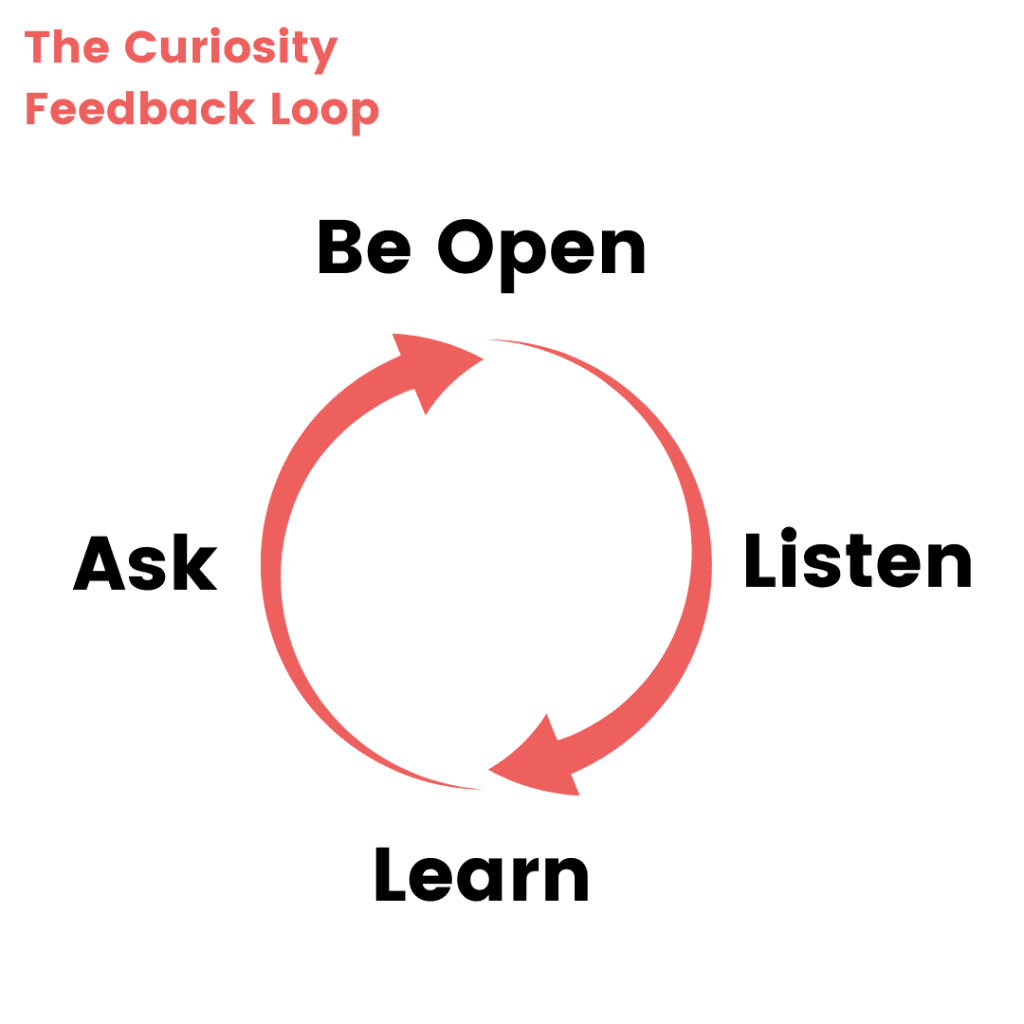Top 4 Soft Skills Every UX Designer Must Have to be Successful
UI/UX Design

UX Design is here to stay.
The concept of User Experience (UX) in design has been buzzing around for years now. Everyone and their gran (I may be exaggerating slightly) has heard of it, and the demand for UX design is still growing. The fact is that digital transformation is accelerating at a dizzying pace. To give a dizzying example, there are now over 1.83 billion websites on the internet. So now we’re realising more than ever why we need to practice the art of UX design to stand out in crowded markets.
Naturally, the response has been heavy investment in the user experience. Hired revealed a 289% increase in employer interest in UX designers.
So what skills do the best UX professionals all have in common?
To be successful they must master the art of design thinking, user research, and building products. We already know the impact that these hard skills have on the bottom line. But underneath all these hard skills are a series of soft skills which separate the rookies designers from the UX elite.
1. Empathy
Of all the soft skills a UX designer needs, empathy comes in pole position. It is fair to argue that anyone who struggles to empathise, will struggle to work in the UX domain. The entire practice revolves around determining the wants, needs, motivations and drivers of the user you are designing for, with the end goal of shaping a better overall experience. Although there are many stages in the typical UX process, empathy is ever-present. Whether you are conducting user research, defining a user’s problem or creating interactive prototypes for your user - the interlinking factor is always empathy.
There are many ways to improve your empathy skills including:
Learning more about user researching methods.
Asking questions about your user.
Becoming a better listener (listen to this TEDtalk classic).
Always ask for feedback.
Look inward and assess your own biases.
2. Curiosity

A natural follow on from empathy is curiosity. UX design is a skill that requires life-long learning and commitment. Although the ultimate goal of UX design never changes, the users you serve will constantly adapt and transform. Curiosity may have killed the cat, but if you practice curiosity in UX, you’ll be killing it with your designs.
Cheesy proverbs aside, you should actively practice curiosity to become a better UX designer. The Curiosity Feedback Loop breaks down the never-ending process that is curiosity. Is it ground-breaking? No. Does it simply map out the qualities of a curious mind? Yes. Practice these four philosophies and your and the sky is the limit with your UX design skills.
Adapted from Maya P. Lim
3. Communication
UX Design doesn’t happen in a vacuum. A UX designer communicates with a range of different stakeholders during the design process and they must be equipped to do so effectively. You will talk to clients, team members and product users to name but a few. Each requires a different approach.
For example, the technical jargon and the heaps of UX abbreviations used by the team will fly straight over the heads of most. Being able to repackage your ideas and convey them effectively is an essential part of the job description. Being mindful of these communication challenges will ensure a UX project runs smoothly. Especially when remote working has taken centre stage in recent times.
Moreover, UX designers must express the necessary outcomes of a project through the medium of design itself. Creating a product that is easy to understand and fulfils the business needs of a product is a core responsibility undertaken by a UX professional. However, learning how to communicate effectively in design is no simple feat and it takes years of practice and dedication.
4. Flexibility
Speak to any UX designer and they will tell you the same: No two days are alike.
UX designers are the definition of problem solvers. Every day will provide a new challenge. Some days you fail, others you succeed. Every point between the beginning and end of the project will force a UX designer to question, adapt and overcome their unique problems.
The key to overcoming all of this lies in flexibility. Being able to deal with the rapid pace and demands of UX can be the maker or breaker of a project. Learning to be adaptable to all of the challenges faced in UX design is probably the most difficult skill to master in this list. However, the almighty wielder of flexibility will be the last one to back down in the face of a challenge.

Got an idea? Let us know.
Discover how Komodo Digital can turn your concept into reality. Contact us today to explore the possibilities and unleash the potential of your idea.

Sign up to our newsletter
Be the first to hear about our events, industry insights and what’s going on at Komodo. We promise we’ll respect your inbox and only send you stuff we’d actually read ourselves.





